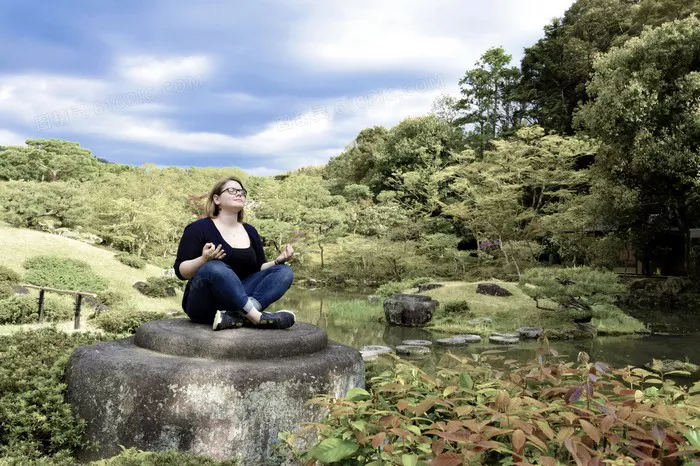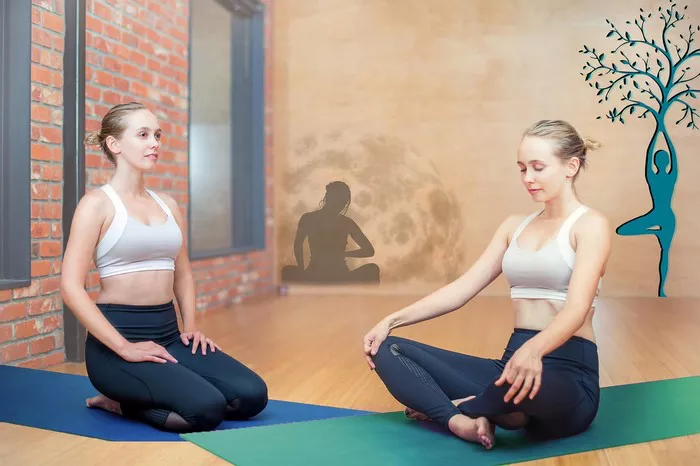Vinyasa yoga is one of the most popular forms of yoga, known for its dynamic, flowing movements that link breath with motion. Unlike some static styles of yoga, such as Hatha, Vinyasa emphasizes fluid transitions between poses, creating a continuous sequence that enhances strength, flexibility, and mindfulness. The word “Vinyasa” means “to place in a special way,” referring to the intentional movement from one pose to the next. This article explores the typical structure of a Vinyasa flow sequence, its benefits, and how to modify it to suit different levels of practitioners.
The Structure of a Vinyasa Flow Sequence
A well-balanced Vinyasa flow sequence follows a logical progression that prepares the body for more challenging postures while maintaining fluid movement. Although sequences can vary widely depending on the instructor and class focus, most Vinyasa flows include the following key components:
1. Centering and Breath Awareness (Pranayama)
Before movement begins, Vinyasa classes often start with a few minutes of centering. This involves:
- Sitting or lying in a comfortable position (e.g., Easy Pose or Savasana)
- Bringing awareness to the breath
- Practicing deep diaphragmatic breathing or Ujjayi breathing (victorious breath)
- Setting an intention for the practice
Breath control is fundamental in Vinyasa yoga, as it serves as a guide for movement. Ujjayi breathing, in particular, helps regulate the pace of the sequence and enhances focus.
2. Warm-Up Movements
Before moving into more intense postures, a warm-up phase prepares the body. This may include:
Seated Cat-Cow Stretch: Helps awaken the spine
Neck and Shoulder Rolls: Releases tension in the upper body
Side Stretches: Increases flexibility in the torso
Gentle Twists: Warms up the spine and detoxifies organs
These movements increase blood flow and prepare the muscles for more dynamic asanas.
3. Sun Salutations (Surya Namaskar)
Sun Salutations are a cornerstone of Vinyasa yoga. They serve as a warm-up while also building strength, flexibility, and endurance. A typical Sun Salutation sequence includes:
Mountain Pose (Tadasana) – Standing tall with arms overhead
Forward Fold (Uttanasana) – Hinging from the hips, reaching for the toes
Halfway Lift (Ardha Uttanasana) – Straightening the spine, looking forward
Plank Pose – A strong, straight-arm position engaging the core
Chaturanga Dandasana – Lowering halfway down with control
Upward-Facing Dog (Urdhva Mukha Svanasana) – Opening the chest and lifting through the arms
Downward-Facing Dog (Adho Mukha Svanasana) – Pressing the hips back, stretching the spine
Stepping or Jumping Forward – Returning to standing through a Forward Fold
Rising Back to Mountain Pose – Completing the cycle
This sequence is often repeated multiple times to build heat and create a meditative rhythm.
4. Standing Poses
After Sun Salutations, standing postures are introduced to build strength, balance, and flexibility. Some common standing poses in Vinyasa flow include:
Warrior I (Virabhadrasana I) – Strengthens the legs and opens the chest
Warrior II (Virabhadrasana II) – Enhances stability and focus
Extended Side Angle (Utthita Parsvakonasana) – Deepens the side stretch
Triangle Pose (Trikonasana) – Improves spinal flexibility
Chair Pose (Utkatasana) – Builds lower body strength
These poses are often linked with transitional movements like lunges and forward folds.
5. Balancing Poses
Balancing asanas help improve concentration, core strength, and stability. Some commonly included poses are:
Tree Pose (Vrksasana) – Enhances balance and ankle strength
Eagle Pose (Garudasana) – Develops coordination and flexibility
Dancer’s Pose (Natarajasana) – Opens the shoulders and stretches the legs
These poses challenge the practitioner to remain present and steady in their movements.
6. Seated and Supine Poses
As the practice moves toward the floor, the focus shifts to flexibility, hip opening, and relaxation. Some essential seated and supine postures include:
Seated Forward Fold (Paschimottanasana) – Stretches the spine and hamstrings
Butterfly Pose (Baddha Konasana) – Opens the hips
Pigeon Pose (Eka Pada Rajakapotasana) – Deep hip opener
Bridge Pose (Setu Bandhasana) – Strengthens the back and opens the chest
These poses help counterbalance the strength-building movements from earlier in the sequence.
7. Backbends and Core Work
To strengthen the back and core, instructors may include:
Cobra Pose (Bhujangasana) – Strengthens the spine
Boat Pose (Navasana) – Engages the core muscles
Camel Pose (Ustrasana) – Deep backbend for spinal mobility
These poses add an energizing component to the practice before winding down.
8. Cooling Down and Twists
To transition into relaxation, gentle spinal twists and hip openers help release tension. Some effective poses include:
Supine Twist (Supta Matsyendrasana) – Relaxes the lower back
Happy Baby Pose (Ananda Balasana) – Opens the hips
This phase allows the body to integrate the benefits of the practice.
9. Final Relaxation (Savasana)
The practice concludes with Savasana (Corpse Pose), where students lie on their backs, completely still, allowing their bodies to absorb the effects of the session. This deep relaxation promotes mindfulness and helps reset the nervous system.
Modifications for Different Levels
While Vinyasa yoga is accessible to all, modifications can make it more inclusive:
Beginners: Use props like blocks and straps; skip Chaturanga and instead lower knees to the ground.
Intermediate: Explore arm balances like Crow Pose (Bakasana) and deepen stretches.
Advanced: Add inversions such as Headstand (Sirsasana) or Handstand (Adho Mukha Vrksasana).
Benefits of Vinyasa Flow
Practicing Vinyasa yoga regularly offers numerous benefits:
- Enhances flexibility and mobility
- Improves strength and endurance
- Increases mindfulness and focus
- Supports cardiovascular health
- Reduces stress and anxiety
Conclusion
Vinyasa flow is a versatile and dynamic practice that integrates movement and breath in a seamless, meditative sequence. Whether you are a beginner or an advanced yogi, adapting the flow to your needs allows for a balanced and fulfilling yoga experience. By understanding the structure and purpose of a typical Vinyasa sequence, practitioners can cultivate a deeper connection to their practice and enjoy its full range of benefits.
Related Topics:



















